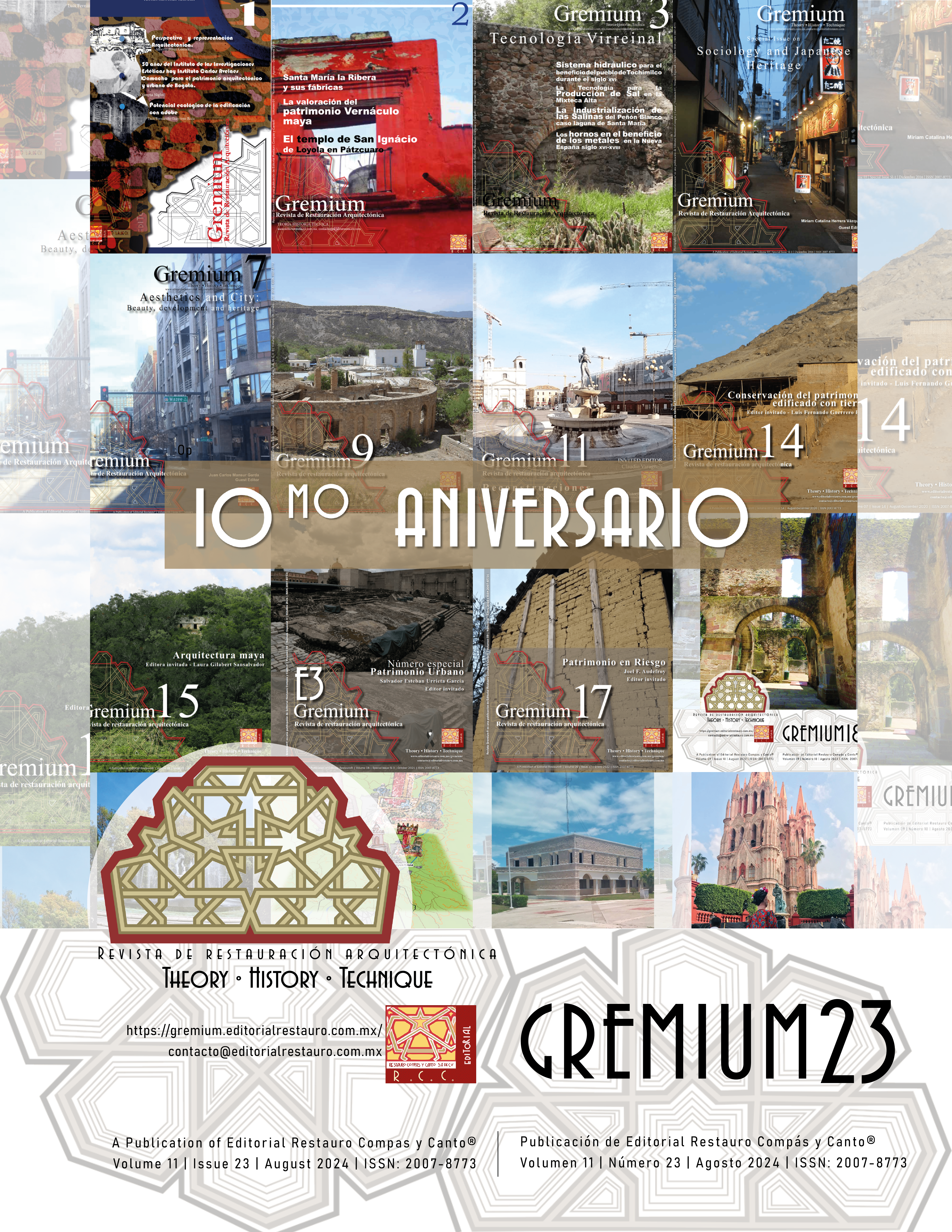Adaptations of vernacular earthen architecture to topography in thesouthern highlands of Ecuador.
DOI:
https://doi.org/10.56039/rgn23a07Keywords:
adaptation, rural, vernacular, housingAbstract
Ecuador is crossed by the Andes mountain range that divides the country into three regions: Coast, Highlands and Amazonia which allows it to have different climatic floors that vary from 0 to 2850 m.a.s.l. where since ancient times the architecture was adapted to the climatic conditions and in the case of the highlands to an irregular topography. The earthen construction system transformed into adobe, rammed earth and wattle and daub is still present in vernacular architecture, especially in rural areas, where the architectural typology will present variations in form and function determined by the topography, which is a natural resource that architecture is forced to adapt to. Based on the above, the objective of this study is to identify and document these variants through a historical analysis that allows us to compare the initial typology with the current typologies, as well as to determine the formal, functional and constructive adaptations they present in order to make a classification based on the above mentioned variables. For this, the analogical and descriptive method will serve as support to determine each of the variants to finally obtain a systematization of the information.
Downloads
Downloads
Published
Issue
Section
License
Copyright (c) 2024 Gremium

This work is licensed under a Creative Commons Attribution-NonCommercial-NoDerivatives 4.0 International License.























